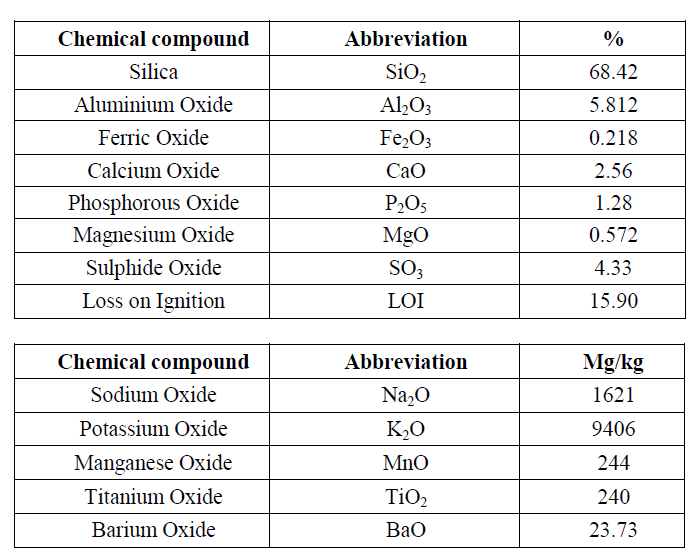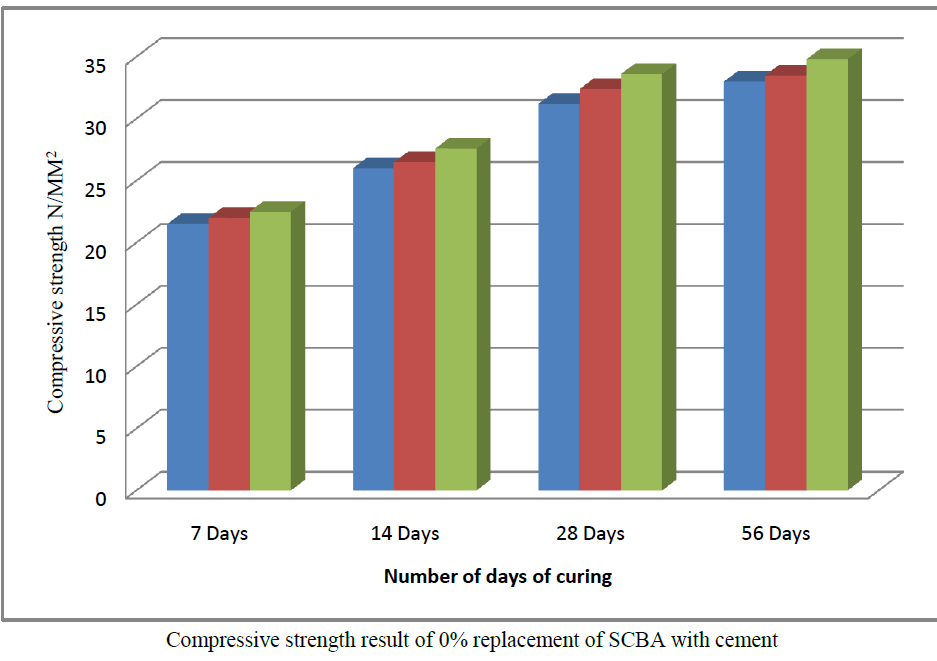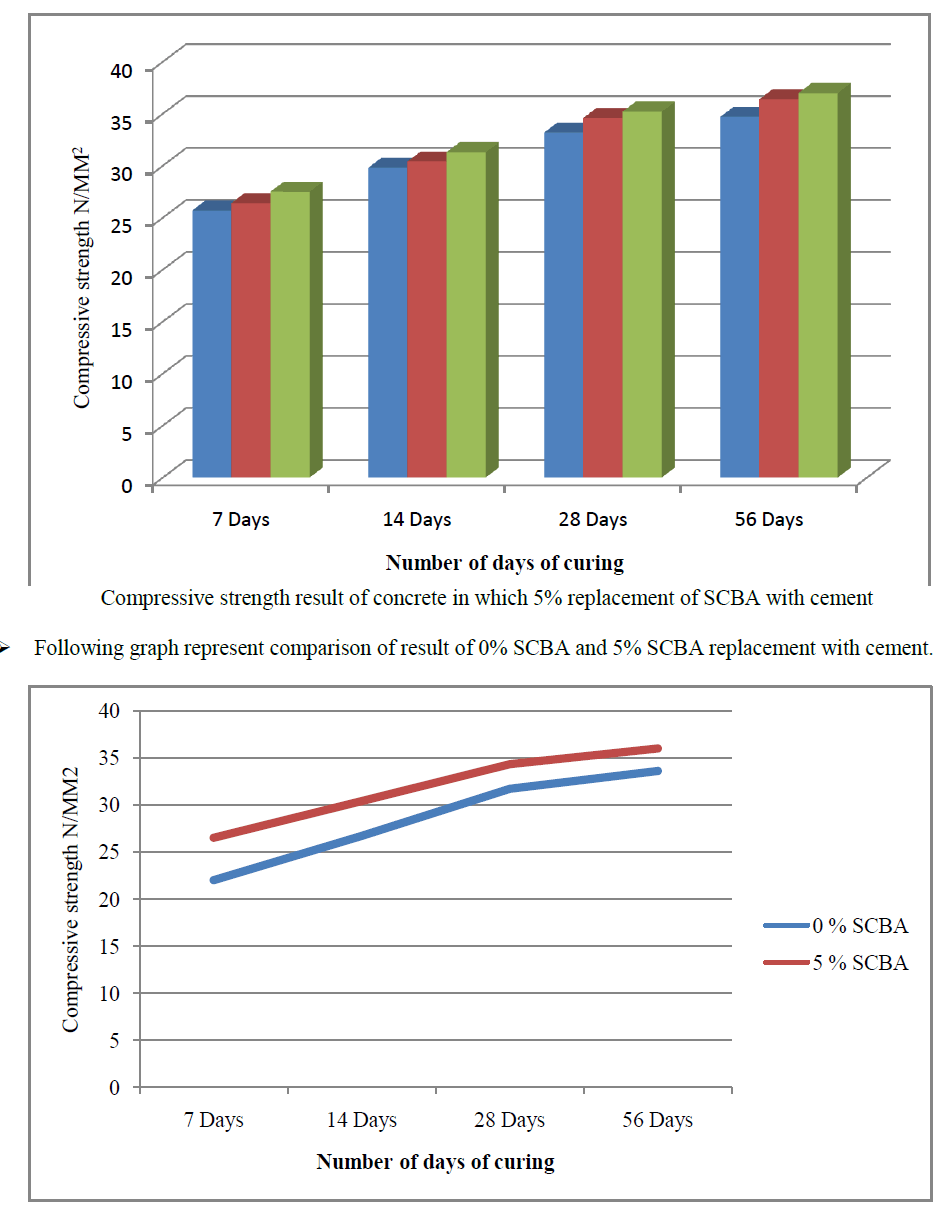ISSN ONLINE(2319-8753)PRINT(2347-6710)
ISSN ONLINE(2319-8753)PRINT(2347-6710)
Jayminkumar A. Patel1, Dr. D. B. Raijiwala2
|
| Related article at Pubmed, Scholar Google |
Visit for more related articles at International Journal of Innovative Research in Science, Engineering and Technology
There are lots of environmental impacts of cement on our ecology. Cement industry creating environmental problem by emission of CO2 during manufacturing of cement. Today researchers are more focusing towards the environment issue globally. On the other side Sugar cane bagasse ash generated in sugar mill creating environment issue as most of the part is used as a land fill. In this work sugar cane bagasse ash which is taken from one of the sugar mill of south Gujarat (INDIA) used in M25 grade of concrete by replacing cement 5% by weight and compare with normal M25 grade of concrete to check the feasibility of sugar cane bagasse ash in concrete.
Keywords |
| Ordinary portland cement, Sugar cane bagasse ash, Chemical properties, Compressive strength |
INTRODUCTION |
| Ordinary Portland cement is recognized as a major construction material throughout the world. Portland cement is the conventional building material that actually is responsible for about 5% - 8% of global CO2 emissions. This environmental problem will most likely be increased due to exponential demand of Portland cement. Researchers all over the world today are focusing on ways of utilizing either industrial or agricultural waste, as a source of raw materials for industry. This waste, utilization would not only be economical, but may also result in foreign exchange earnings and environmental pollution control. Several researchers and even the Portland cement industry are investigating alternatives to produce green building materials. Industrial wastes, such as blast furnace slag, fly ash and silica fumes are being used as supplementary cement replacement materials. Currently, there has been an attempt to utilize the large amount of bagasse ash, the residue from an in-line sugar industry and the bagasse-biomass fuel in electric generation industry. When this waste is burned under controlled conditions, it also gives ash having amorphous silica, which has pozzolanic properties. A few studies have been carried out on the ashes obtained directly from the industries to study pozzolanic activity and their suitability as binders, partially replacing cement. Therefore it might possible to use sugarcane bagasse ash (SCBA) as cement replacement material to improve quality and reduce the cost of construction materials such as mortar, concrete pavers, concrete roof tiles and soil cement interlocking block etc. |
 |
OBJECTIVES OF THE STUDY |
| The main objective of this research was to determine the effectiveness of sugar cane bagasse ash (SCBA) as a cement replacement material in concrete. |
METHODOLOGY |
| The materials used in this investigation are: |
| Cement: The most commonly used cement in concrete is Ordinary Portland Cement of 53 Grade conforming IS 12600-1989(2009). |
| Fine Aggregate: Locally available free of debris and nearly riverbed sand is used as fine aggregate. The sand particles should also pack to give minimum void ratio, higher voids content leads to requirement of more mixing water. In the present study the sand confirms to zone I as per Indian standards. (IS: 10262, IS: 383). The specific gravity of sand is 2.62. The bulk density of fine aggregate is 1715 kg/m3. |
| Coarse Aggregates: The crushed aggregates used were 20mm and 10mm nominal maximum size and are tested as per Indian standards and results are within the permissible limit. (IS: 10262, IS: 383). The specific gravity and bulk density of 10mm and 20 mm aggregate are 2.74 and 2.79 and 1472 kg/m3 and 1438 kg/m3 respectively. |
| Water: Water available in the college campus conforming to the requirements of water for concreting and curing as per IS: 456-2009. |
| Sugarcane Bagasse Ash: The sugarcane bagasse consists of approximately 50% of cellulose, 25% of hemicellulose and 25% of lignin. Each ton of sugarcane generates approximately 26% of bagasse (at a moisture content of 50%) and 0.62% of residual ash. The residue after combustion presents a chemical composition dominates by silicon dioxide (SiO2). In spite of being a material of hard degradation and that presents few nutrients, the ash is used on the farms as a fertilizer in the sugarcane harvests. In this experimental study sugarcane bagasse ash was collected from the Maroli Sugar Factory, Kalasana (Kalyan Nagar), National Highway 228, Taluka Jalalpore, District-Navsari, Gujarat, India - 396415. |
| Chemical analysis of sugar cane bagasse ash |
| Sugar cane bagasse ash collected for experimental work was tested for the chemical compound at Pollucon laboratories PVT LTD, Surat. Chemical compound result of bagasse ash is follow: |
 |
EXPERIMENTAL WORK |
| Sugar cane bagasse ash preparation: |
| Before the use of bagasse ash, it was oven dried at 1200C to remove the moisture in the ash. After oven dry ash was sieve in the mechanical shivers to separate unburned particles from ash. Sugar cane bagasse ash passing from 300 micron was used in this experiment work. |
| Casting of Samples |
| Preparation of the Specimens: For the experiment work concrete cubes of size 150x150x150mm, were prepared. The 53 grade OPC was replaced with 0% and 5% SCBA. In the present investigation a total of 36 concrete specimens were casted and tested. M25 Grade of concrete is adopted throughout the study with w/c ratio of 0.49. |
EXPERIMENTAL RESULT |
| Specimen were tested for compressive strength at an interval of 7th day, 14th day, 28th day and 56th day of curing in Compressive Testing machine. |
| Following graph represent compressive strength of concrete in which SCBA was not present. |
 |
| Following graph represent compressive strength of concrete in which 5% SCBA was replaced with 53 grade ordinary Portland cement. |
 |
CONCLUSION |
| The experimental result shows that the increase in the strength of concrete with use of sugar cane bagasse ash. Therefore, with the use of sugar cane bagasse ash in partially replacement of cement in concrete, we can increase the strength of concrete with reducing the consumption of cement. Also it is best use of sugar cane bagasse ash instead of land filling and make environment clean. |
FUTURE WORK |
| From this experimental study it is clear indicated that using sugar cane bagasse ash in concrete increase strength. Following parameters will be study in future work: |
| To find out optimum amount of sugar cane bagasse ash that can be used in concrete for partially replacement of cement without significant loss of strength. |
| To check the various properties of concrete with variation of content of sugar cane bagasse ash. |
References |
|